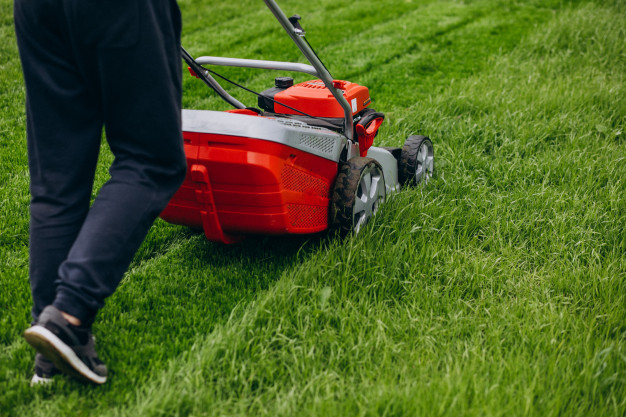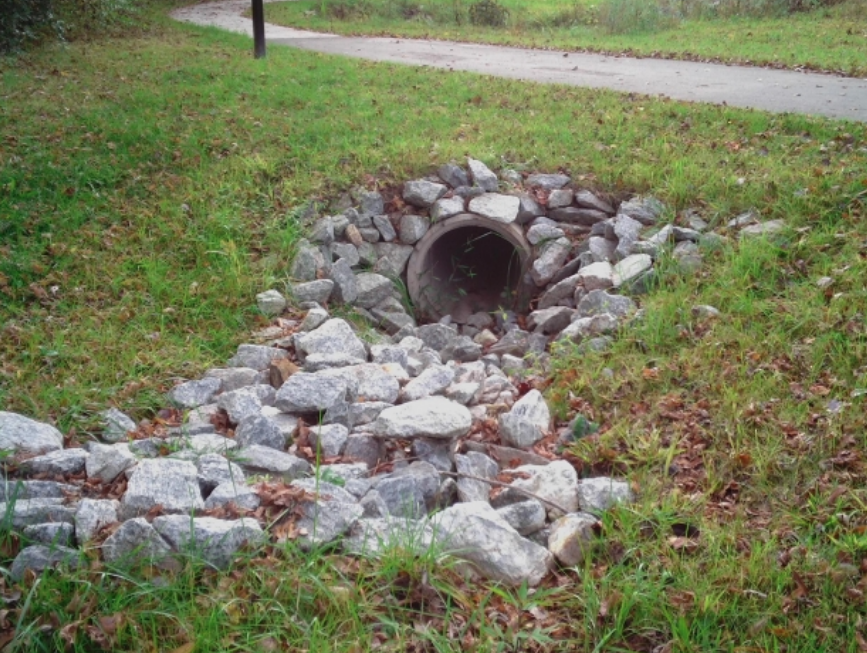Petrol Chainsaw Vs Electric Chainsaw: Which is Better for Large Yards?

Maintaining a large yard often requires cutting thick branches, trimming trees, or processing fallen logs. Choosing between a petrol chainsaw and an electric chainsaw can be confusing, especially when both options claim to handle demanding tasks efficiently!
This is where knowing the strengths of each tool matters, especially for anyone using a petrol chainsaw for cutting job tasks in larger yards. Such models provide steady power for thick branches and longer sessions, while electric chainsaws bring quieter operation and less upkeep. Considering how often and how intensely you plan to use the saw helps narrow down the right choice for your yard.
This article compares petrol and electric chainsaws based on power, convenience, cost, and maintenance needs to help you decide which tool suits large-yard projects best.
Key Takeaways
- Petrol chainsaws provide higher power output for heavy-duty cutting tasks but require more maintenance.
- Electric chainsaws are quieter, easier to start, and environmentally friendly but may have runtime or power limitations.
- The right choice depends on yard size, cutting frequency, and the type of wood you handle.
- Understanding key features helps avoid buying a chainsaw that’s underpowered or difficult to maintain.
Understanding the Two Types of Chainsaws
Before comparing features, it helps to understand what each type brings to the table.
- Petrol Chainsaws: Powered by a two-stroke engine, they run on a petrol-oil mix and provide high cutting power for thick trees or large logs.
- Electric Chainsaws: Available as corded or battery-powered models, they rely on electricity rather than fuel and require less upkeep.
Cutting Power and Performance
For large yards, cutting performance is often the most important factor.
Petrol Chainsaws: Heavy-Duty Cutting Strength
Petrol chainsaws typically range from 35cc to 70cc engines, with larger engines delivering faster chain speeds and longer bar lengths. A 50cc petrol chainsaw with an 18–20 inch bar can cut through logs up to 16 inches thick efficiently.
These chainsaws handle hardwoods like oak or maple better than electric models, making them ideal for storm cleanup or frequent firewood cutting.
Electric Chainsaws: Convenient but Limited by Power Source
Electric chainsaws come in two main versions:
- Corded Electric: Provides constant power but requires access to an outlet and an extension cord, limiting mobility.
- Battery-Powered: Provide cordless convenience but depend on battery runtime, usually 30–60 minutes per charge for high-voltage models (60V–80V).
While modern electric chainsaws can handle logs up to 12–14 inches, they may slow down on thicker or harder wood compared to petrol options.
Ease of Use and Convenience
Chainsaw handling matters when working across a large property.
Starting and Operating the Chainsaws
- Petrol Chainsaws: Use a pull-start system, which can be difficult for beginners. Engine warm-up and choke adjustments add extra steps.
- Electric Chainsaws: Start with the push of a button, making them simpler for occasional users or those uncomfortable with engine maintenance.
Weight and Maneuverability
Petrol chainsaws often weigh 12–15 lbs, especially with larger engines and longer bars. Electric chainsaws, particularly battery-powered ones, are lighter—typically 8–12 lbs—reducing fatigue during extended use.
Noise, Emissions, and Environmental Impact
Petrol Chainsaws: Loud but Powerful
Petrol chainsaws can reach 100–120 decibels, requiring ear protection. They also emit exhaust fumes, making them less suitable for enclosed or environmentally sensitive areas.
Electric Chainsaws: Quieter and Cleaner
Electric models operate at 85–100 decibels, significantly reducing noise pollution. They produce zero emissions during use, making them better for neighborhoods with noise restrictions or eco-conscious homeowners.
Maintenance and Operating Costs
Petrol Chainsaws: Higher Upkeep
Owning a petrol chainsaw involves:
- Mixing petrol and two-stroke oil in the right ratio (usually 50:1).
- Regular spark plug cleaning and air filter replacements.
- Carburetor tuning for smooth engine performance.
Fuel costs and maintenance time add up, especially for frequent use.
Electric Chainsaws: Minimal Maintenance Needs
Electric models only require:
- Chain lubrication and tension checks.
- Battery charging or cord inspection for wear.
No fuel mixing or engine servicing is needed, reducing both time and costs over the long term.
Safety Considerations for Large Yards
Both chainsaw types carry risks, but safety features differ slightly.
- Petrol Chainsaws: Often include chain brakes, hand guards, and anti-vibration systems for long cutting sessions.
- Electric Chainsaws: Add safety switches and automatic shut-off features to prevent accidental startups.
Regardless of type, always wear gloves, eye protection, hearing protection, and chainsaw chaps when operating the tool.
Practical Scenarios: Which Chainsaw Fits Best?
Scenario 1: Heavy-Duty Yard Work
If your garden has large hardwood trees or frequent storm damage, a petrol chainsaw with at least a 50cc engine and an 18-inch bar handles the workload efficiently.
Scenario 2: Light-to-Medium Cutting Tasks
For trimming branches, cutting small firewood logs, or occasional cleanup, a 60V battery-powered chainsaw or corded electric model provides convenience without the noise and emissions of petrol models.
Scenario 3: Remote or Off-Grid Locations
Petrol chainsaws work better in areas without electricity, as battery charging or cord access becomes a problem for electric tools.
Common Mistakes When Choosing a Chainsaw
- Buying an underpowered electric model for thick hardwoods.
- Ignoring bar length recommendations and choosing a size too small for the job.
- Overlooking safety gear increases the risk of injury.
- Not factoring in maintenance costs for petrol chainsaws over time.
Conclusion
Choosing between a petrol chainsaw and an electric chainsaw depends on the size of your yard and garden, the thickness of the wood you handle, and how often you plan to use the tool.
- Go for petrol chainsaws if you need high power, longer runtime, and can handle maintenance tasks.
- Choose electric chainsaws for lighter cutting, quieter operation, and minimal upkeep.
Evaluating your cutting needs and understanding each type’s strengths will help you select the right chainsaw for large-yard projects safely and efficiently.








